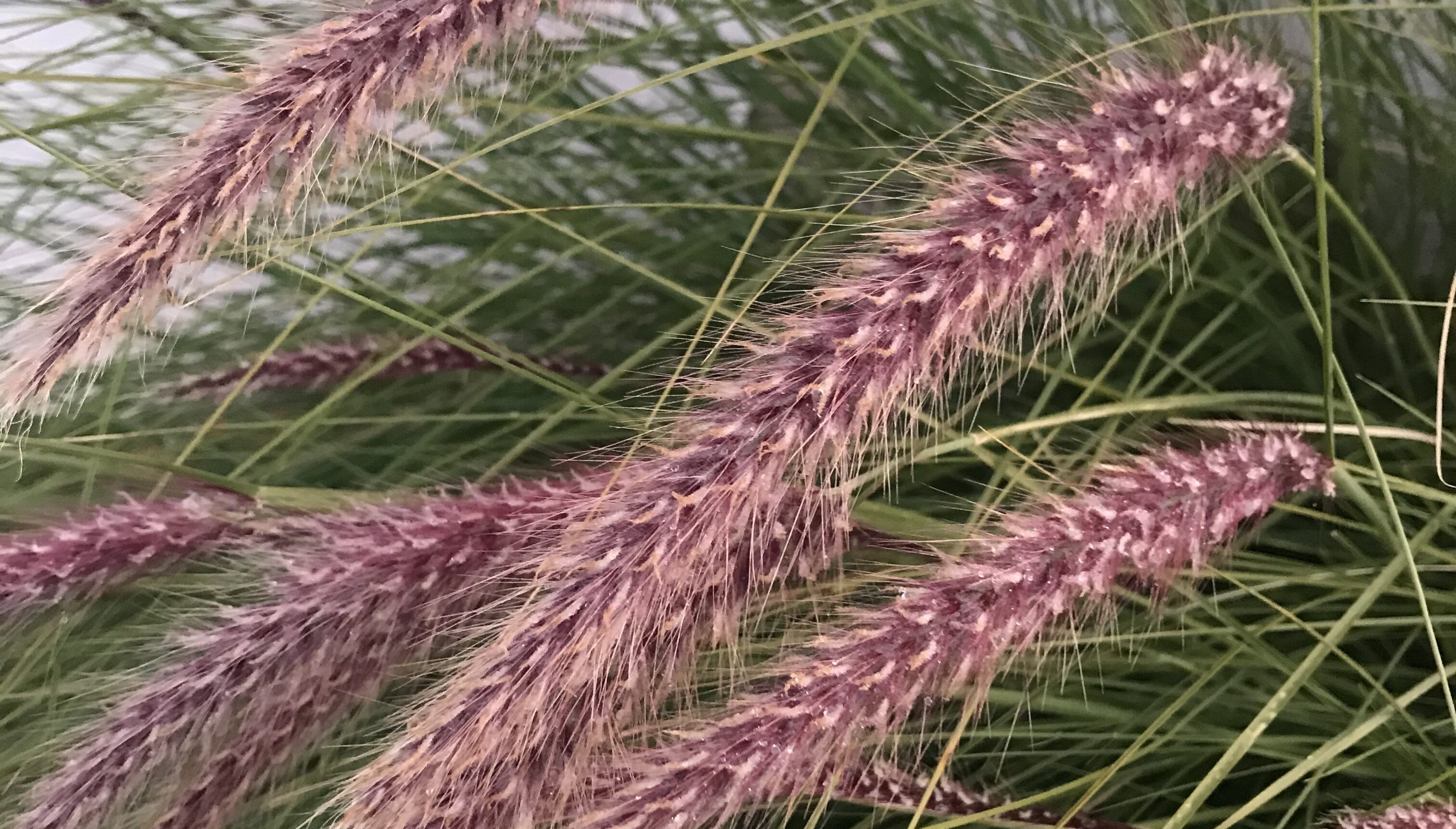Fountain grass (Cenchrus setaceus) is an escaped garden plant and a highly invasive weed.
Originating from northern and eastern Africa, southwestern Asia and Saudi Arabia, fountain grass can now be found scattered across most of Australia. It’s particularly problematic on roadsides, along railway lines and in native grassy woodlands.
This long-lived perennial was planted widely as an ornamental grass and can still be found in many gardens in greater Adelaide.
Why is fountain grass a problem?
Fountain grass is an environmental weed that takes over bushland and threatens biodiversity. A fast-growing, drought tolerant plant, it outcompetes native species in drier habitats including coastal dunes.
Dense infestations of this weed increase the risk and spread of fires.
Pastures invaded by fountain grass are less productive because this plant is unpalatable to stock.
What does fountain grass look like?
Fountain grass is an upright, densely-tufted grass that grows to 1 m high. It has feathery pink-purple flowering seed heads, which grow to 8–30 cm long and are made up of small seeds with feathery bristles attached.

Its leaves are narrow and linear in shape, and grow to 40 cm long. Where the leaf blade joins the base of the plant there is a collar-like fringe of stiff hairs. The roots are fibrous and creep underground to a depth of 30 cm or more.
Flowering occurs sporadically throughout the year, but mostly during summer. The pink-purple seed heads fade to straw-coloured when mature. When seeds are shed, the feathery bristles remain attached. Seeds can remain viable in the soil for more than 6 years.

How does fountain grass spread?
The light, feathery seeds are primarily dispersed by wind, but can be spread even further by water, vehicles, animals and human activities, such as dumping garden waste.
How to get rid of fountain grass from your property
Fountain grass is difficult to control because of its many long-lived seeds.
Manual removal
Seedlings and small plants may be pulled up by hand when the soil is moist. Larger plants can be dug up with a spade or garden fork. Shake as much soil from the roots as possible before disposing of the plant.
If seed heads are present, dispose of the plants by cutting and bagging the seed heads and placing them in the household rubbish bin. The remainder of the plant can go in the green bin or be left to compost.
Garden replacements
After removing the weed, provide competition to reinvasion by mulching the bare and disturbed soil, and replacing with bush-friendly plants as soon as possible. Suggestions can be found via Grow Me Instead or the Botanic Gardens of South Australia’s Plant Selector.
Chemical
Chemical control ideally requires 2-3 treatments over the season to be effective and capture new germinations. Treat plants when they are actively growing and ideally before flowering and seed set.
For advice on chemical options please refer to Identifying declared weeds.
Alternative grasses
You can also add native grasses into your garden as an alternative to fountain grass.
Consider adding:
- Cymbopogon ambiguus and C. obtectus (Native lemongrass)
- Themeda triandra (Kangaroo Grass)
- Poa labillardieri var. labillardieri and poiformis (coastal)
- Spear grasses (e.g., Austrostipa elegantissima, A. mollis, A. nodosa, A. setaceae, A. blackii or A. flavescens (coastal))
- Wallaby grasses (e.g., Rytidosperma caespitosum, R. geniculatum or R. setaceum)
Check out our Adelaide Planting Guide for ideas.
Is fountain grass a declared weed?
Yes. Fountain grass is a declared pest plant under the Landscape South Australia Act 2019 and land owners have a responsibility to control it.
The non-seeding hybrid fountain grass (Cenchrus advena) is exempt from this declaration.
Main image courtesy of Harry Rose, Flickr.
Observations of weeds can be entered into iNaturalist, an app which can assist with identification of species.